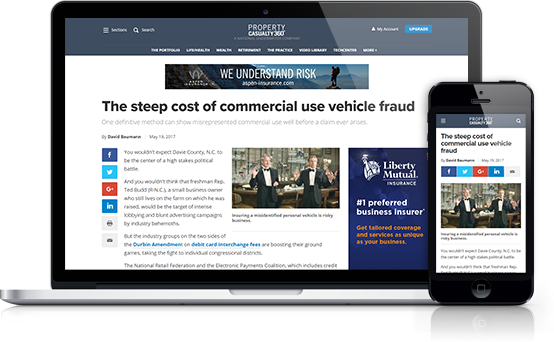Well, it's official: the ICD-10-CM and procedural coding system will be implemented in the United States with dates of service effective October 1, 2014. The introduction of ICD-10 has sparked a great deal of confusion and alarm. Therefore, it is imperative to acknowledge its value and provide reassurance that this is indeed a benefit for patients, as well as the property & casualty (P&C) industry.
ICD-10 introduces more than 68,000 codes for ICD-10-CM, which is used by hospitals and other healthcare facilities to describe and document the patient clinically. Also included are more than 75,000 codes for ICD-10-PCS. The increase in codes can certainly seem overwhelming; however, they were introduced to specifically improve the evaluation of medical care, as well as enable specificity of patient diagnosis, rather than prescribing to a general area of concern. It is this specificity that can be leveraged to better treat patients, by clearly articulating the nature of the illness. For P&C insurers, this significant increase in detail allows us to ensure the patient is being treated in accordance with the nature of the claim. Let's discuss what all of this means, and why ICD-10 is a good thing for all of us working within the P&C insurance industry.
Application In P&C Claims
Recommended For You
Want to continue reading?
Become a Free PropertyCasualty360 Digital Reader
Your access to unlimited PropertyCasualty360 content isn’t changing.
Once you are an ALM digital member, you’ll receive:
- Breaking insurance news and analysis, on-site and via our newsletters and custom alerts
- Weekly Insurance Speak podcast featuring exclusive interviews with industry leaders
- Educational webcasts, white papers, and ebooks from industry thought leaders
- Critical converage of the employee benefits and financial advisory markets on our other ALM sites, BenefitsPRO and ThinkAdvisor
Already have an account? Sign In Now
© 2025 ALM Global, LLC, All Rights Reserved. Request academic re-use from www.copyright.com. All other uses, submit a request to [email protected]. For more information visit Asset & Logo Licensing.








